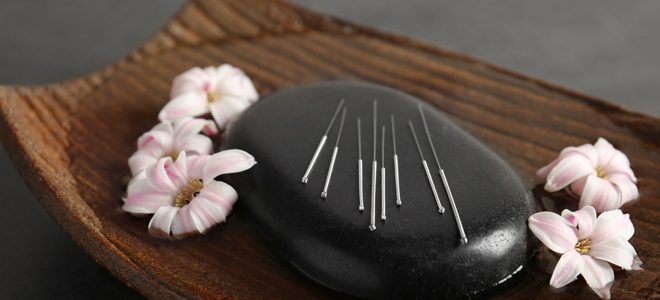Acupuncture has been practiced in traditional Chinese medicine for thousands of years to treat various conditions and improve overall health. But now, more and more healthcare providers in the western world are recognizing its benefits in treating diabetes complications too. In fact, some studies looking at the biological mechanism of diabetes suggest that acupuncture can be an effective way to help you better manage your disease.
What is acupuncture?
Considered an alternative healthcare treatment, acupuncture is a process that involves inserting very thin, sterilized metal needles through your skin at various depths at specific points of the body (i.e., wrist, ankles, hands, scalp, etc.). It should always be administered by a qualified practitioner. Researchers are still unclear on how exactly acupuncture works. Some practitioners say it balances vital energy, while others say it has a neurological effect on the body.
What are the different types of acupuncture?
There are numerous types of acupuncture but the most common include:
- Electroacupuncture, which is the most common type used in diabetes and involves inserting a pair of needles in each acupuncture point, then passing an electrical impulse from one needle to the other.
- Wrist-Ankle involves deep needle stimulation of the ankle and wrist nerves in particular.
- Herbal acupuncture is a more modern technique in which natural herbs or biologic substances are injected into acupuncture points.
What are the benefits of acupuncture for diabetes?
Various studies have shown that electroacupuncture can be effective in treating pain from diabetic neuropathy. Acupuncture has also been used to treat nausea and loss of appetite in people dealing with diabetes stomach.
Although animal studies using mice have shown lower glucose levels, increased insulin sensitivity and improved glucose tolerance, results have not been as favourable for humans. In 1 small randomized trial, acupuncture was not able to improve A1C or blood glucose levels in people with diabetes.
What are the risks of acupuncture for diabetes?
If you’re working with a certified practitioner who is using sterilized needles, the risks of acupuncture are low. However, common side effects do include soreness, bleeding and bruising in the places where the needles are inserted. You should also avoid acupuncture if you have any sort of bleeding disorder or are taking blood thinners as your chances of bleeding from the needles will increase. Some types of acupuncture may also stimulate labour, so pregnant women should avoid the treatment entirely.
Limitations of acupuncture for diabetes: In spite of the purported benefits, the research around acupuncture and diabetes, along with other alternative medicines to treat diabetes symptoms, is still quite limited. That’s why Diabetes Canada recommends that you should always let your primary healthcare providers know if you are considering acupuncture or other alternative treatments. Find more information on alternative medicines for diabetes here.
What can I expect from an acupuncture session?
If you are considering acupuncture, be sure to find a certified practitioner who has experience dealing with people with diabetes. Ask your doctor or pharmacist for a referral—or Acupuncture Canada may be another good place to start. Remember that your treatment should always take place in a clean and sterile environment.
Typically, the first session will involve a comprehensive health history assessment so the practitioner can determine how best to proceed with treatment. The practitioner may check your pulse to determine energy flow, or ask questions about bowel habits and diet. You may also get questions about your relationships, stress and other areas of your life that may have an impact on your diabetes. The idea is to get an overall view of your health.
Once the assessment is completed, the practitioner will place the needles in very specific locations. It’s common to feel a deep ache for a short time in some of these points. The practitioner may then gently manipulate the needles or use heat or electricity. The needles are typically left in place for 5 to 20 minutes (and no longer than 60) before they are removed. Sometimes there will be bruising or blood at the site with some soreness.
It may take several sessions to see improvement in your symptoms so be patient. Also, never discontinue any drugs or supplements your doctor has prescribed just because you feel the acupuncture is working.
The reality is that people are finding some benefits in using acupuncture for their complications from diabetes in addition to their usual care. Do your research to find a good practitioner and always keep your primary healthcare team in the loop about what you’re doing.
 Diabetes Care Community Learn, connect and care
Diabetes Care Community Learn, connect and care



